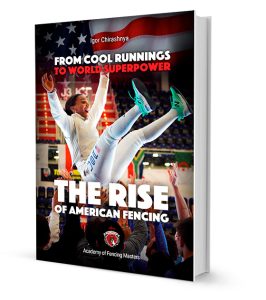Adolescence is a challenging time for lots of reasons. It marks the transition from being a kid to being an adult, but those intervening years are anything but easy on pre-teens and teenagers. Fencing can really help young people navigate this often unbalanced time....








